We discovered major water leak from an AC pan that dropped into floor of attic and leaked water from the coil into the ceilings/walls/floors of the rooms beneath--found it about 1 PM Thursday before July 4 but extent of water damage means it probably started a while ago.
Don't know really when--we are not currently living in the house. Moved out to new one and have been waiting for market to improve to do remodeling and put it up for sale.
We go by to check it periodically--once a week or more--and saw nothing untoward before the big damage was visible.
We got remediation company to come out that night---they took out wet insulation in attic--
dried up the water in utility room floor--
took up carpet and cut out wet pad--
took up baseboards in several rooms and drilled holes to facilitate air flow into wall cavities and into attic in main wet areas--
cut hole in ceiling of bathroom hall which seemed to be main water point
set up fans and evaporators
That was Thursday--they got there about 7 pm and worked until 1130
Friday a different guy came out-- checked the moisture situation and said that most of the walls were dry but one was not--he cut larger section out of bottom sheetrock to increase air flow--and took away several of the fans from the dry areas downstairs...
Sunday he came back and said that everything was dry and took out all the equip...
Meanwhile the AC guy we could get ahold of (never used them before but first one to call back) came out earlier that Thursday--blew the clogged overflow main line--told us that the secondary overflow line was not even connected and that the drain pan was the wrong size/shape for our box coil--the unit was replaced in 03 for larger one and they probably did not change out the pan for the right one--company that installed had been back several times to service/do inspections and did not say anything or find the un-connected secondary line...the insurace company said that since so much time had elapsed after installation that it was too problamatic to prove fault on part of the AC installer--since other companies HAD been in as well...
We ran the AC the first night to help with humidity since drain was open and it was working ok--no freon leak or anything...but the guy could not re-attach the pan.
But once they opened the walls and ceilings up, and not being IN the house all the time--we did not feel comfortable running the AC until the problem is fixed.
(We considered using attorney to discuss the situation with the AC company that did the installation of current unit...and created at least part of the problem but my husband said it would probably cost as much as just to fix the problem.)
It is creating a problem if we are not using the AC and have the house closed up? We open the windows when we are there but won't leave them open all the time so it gets hot in there--especially the one room we have upstairs.
This is DFW TX area and we have been having 100+ days.
We have been waiting for the ins claims agent to view the damage and the insurance company has been sort of confused about if we needed an agent to come out or not but he is coming this morning.
Do we need electrician to check the wiring in the attic for the ceiling fixtures in rooms with quite a bit of water damage or wall plugs on affected walls? We used ceiling lights in rooms with water damage--did not even think not to frankly--since they did all their cleanup when it was dark...
If the water was dried out quickly once leak was discovered, do we need to worry about mold...
the remediation company checked walls and carpets in surrounding area and found damp carpet in some areas that did not feel wet--so I think they did pretty good job of checking....
we don't have wood floors--tile or carpet on cement slab. But there is a wood linen closet with raised wood floor between the hall and the utility room--should that wood be taken up to make sure it is dry? The tiled wall in shower/bath area did not show moisture when they checked it that first night--although there was some dampness in the carpet--so do we have to worry about water being under the bathtub there?
any suggestions/comments appreciated.
We are required to disclose this water leak situation when we put the house up for sale and we do want to make sure there are no continuing problems...is something like this going to be a real issue for people who might view/want to buy?
I guess now I am really depressed about putting it on the market...
any suggestions/comments for how to make sure this damage is treated properly?



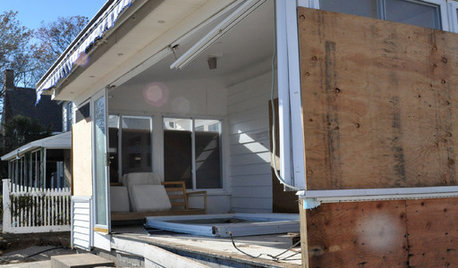

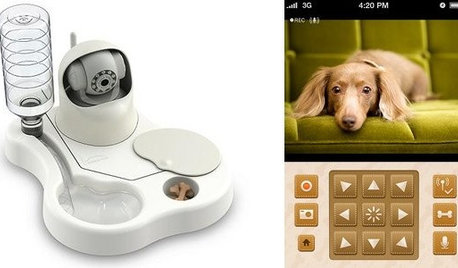
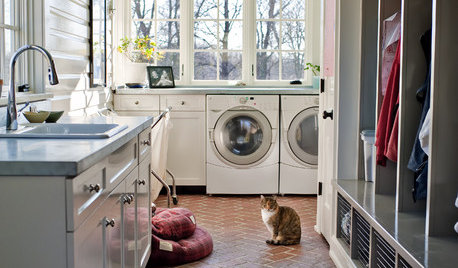









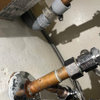
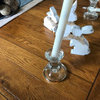
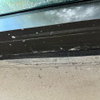

davidandkasie
sue36
Related Professionals
Annandale General Contractors · Bon Air General Contractors · Bremerton General Contractors · Catonsville General Contractors · Clinton General Contractors · Corsicana General Contractors · Hillsboro General Contractors · Mankato General Contractors · Mount Holly General Contractors · Saint Paul General Contractors · Syosset General Contractors · Warren General Contractors · Avenal General Contractors · Clarksburg Home Builders · Jurupa Valley Home Buildersloves2readOriginal Author
fa_f3_20
brickeyee
nc_contractor
sue36
brickeyee